Which is most reactive towards nucleophilic addition reactions?
Ethyl acetate
Acetic anhydride
Acetamide
Acetyl chloride
The correct Answer is:D
To determine which compound is most reactive towards nucleophilic addition reactions among ethyl acetate, acetic anhydride, acetamide, and acetyl chloride, we need to analyze the structures and the factors that influence nucleophilic addition.
Step 1: Understand the structures of the compounds
1. Ethyl Acetate (CH3COOCH2CH3): An ester where the carbonyl carbon is bonded to an ethyl group and an acetate group.
2. Acetic Anhydride ((CH3CO)2O): An anhydride formed from two acetic acid molecules, with a carbonyl carbon bonded to another carbonyl oxygen.
3. Acetamide (CH3CONH2): An amide where the carbonyl carbon is bonded to a nitrogen atom.
4. Acetyl Chloride (CH3COCl): An acyl chloride where the carbonyl carbon is bonded to a chlorine atom.
Step 2: Identify the electrophilic character of the carbonyl carbon
The carbonyl carbon in each of these compounds has a partial positive charge (δ+) due to the electronegativity of the oxygen atom. The more electrophilic the carbonyl carbon, the more reactive it is towards nucleophilic attack.
Step 3: Analyze the electron-donating effects
- Ethyl Acetate: The oxygen in the ester can donate electron density to the carbonyl carbon, reducing its electrophilicity.
- Acetic Anhydride: Similar to ethyl acetate, the carbonyl carbon is somewhat stabilized by the resonance from the adjacent carbonyl oxygen.
- Acetamide: The nitrogen atom can donate a lone pair to the carbonyl carbon, further reducing its electrophilicity.
- Acetyl Chloride: The chlorine atom is a good leaving group and does not donate electron density to the carbonyl carbon, maintaining a high δ+ character.
Step 4: Assess the leaving groups
The ability of the leaving group to stabilize the transition state during nucleophilic attack is crucial:
- Ethyl Acetate: The leaving group is an ethoxy group (OCH2CH3), which is not very good.
- Acetic Anhydride: The leaving group is an acetate ion (OCOCH3), which is also not very good.
- Acetamide: The leaving group is an amine (NH2), which is not a good leaving group.
- Acetyl Chloride: The leaving group is chlorine (Cl), which is a very good leaving group due to its electronegativity and ability to stabilize negative charge.
Step 5: Conclusion
Based on the analysis of electrophilicity and the quality of the leaving groups, acetyl chloride is the most reactive towards nucleophilic addition reactions. The carbonyl carbon has a high δ+ character and a very good leaving group (Cl), making it the most favorable for nucleophilic attack.
Final Answer
Acetyl Chloride is the most reactive towards nucleophilic addition reactions.
1. Ethyl Acetate (CH3COOCH2CH3): An ester where the carbonyl carbon is bonded to an ethyl group and an acetate group.
2. Acetic Anhydride ((CH3CO)2O): An anhydride formed from two acetic acid molecules, with a carbonyl carbon bonded to another carbonyl oxygen.
3. Acetamide (CH3CONH2): An amide where the carbonyl carbon is bonded to a nitrogen atom.
4. Acetyl Chloride (CH3COCl): An acyl chloride where the carbonyl carbon is bonded to a chlorine atom.
The carbonyl carbon in each of these compounds has a partial positive charge (δ+) due to the electronegativity of the oxygen atom. The more electrophilic the carbonyl carbon, the more reactive it is towards nucleophilic attack.
- Ethyl Acetate: The oxygen in the ester can donate electron density to the carbonyl carbon, reducing its electrophilicity.
- Acetic Anhydride: Similar to ethyl acetate, the carbonyl carbon is somewhat stabilized by the resonance from the adjacent carbonyl oxygen.
- Acetamide: The nitrogen atom can donate a lone pair to the carbonyl carbon, further reducing its electrophilicity.
- Acetyl Chloride: The chlorine atom is a good leaving group and does not donate electron density to the carbonyl carbon, maintaining a high δ+ character.
The ability of the leaving group to stabilize the transition state during nucleophilic attack is crucial:
- Ethyl Acetate: The leaving group is an ethoxy group (OCH2CH3), which is not very good.
- Acetic Anhydride: The leaving group is an acetate ion (OCOCH3), which is also not very good.
- Acetamide: The leaving group is an amine (NH2), which is not a good leaving group.
- Acetyl Chloride: The leaving group is chlorine (Cl), which is a very good leaving group due to its electronegativity and ability to stabilize negative charge.
Based on the analysis of electrophilicity and the quality of the leaving groups, acetyl chloride is the most reactive towards nucleophilic addition reactions. The carbonyl carbon has a high δ+ character and a very good leaving group (Cl), making it the most favorable for nucleophilic attack.
Acetyl Chloride is the most reactive towards nucleophilic addition reactions.
Topper's Solved these Questions
- ALDEHYDES, KETONES & CARBOXYLIC ACIDSBook:NARAYNAChapter:ALDEHYDES, KETONES & CARBOXYLIC ACIDSExercise:EXERCISE -I (C.W.)
Explore 15 Videos
- ALDEHYDES, KETONES & CARBOXYLIC ACIDSBook:NARAYNAChapter:ALDEHYDES, KETONES & CARBOXYLIC ACIDSExercise:EXERCISE -I (H.W.)
Explore 15 Videos
- ALDEHYDES, KETONES & CARBOXYLIC ACIDSBook:NARAYNAChapter:ALDEHYDES, KETONES & CARBOXYLIC ACIDSExercise:EVALUATE YOURSELF -5
Explore 8 Videos
- ALCOHOLS, ETHERS, PHENOLBook:NARAYNAChapter:ALCOHOLS, ETHERS, PHENOLExercise:Assertion Reaosn
Explore 10 Videos
- AMINES & DIAZO COMPOUNDSBook:NARAYNAChapter:AMINES & DIAZO COMPOUNDSExercise:Subjective type Q.
Explore 13 Videos
Similar Questions
Knowledge Check
Which one is most reactive towards nucleophilic addition reaction?
A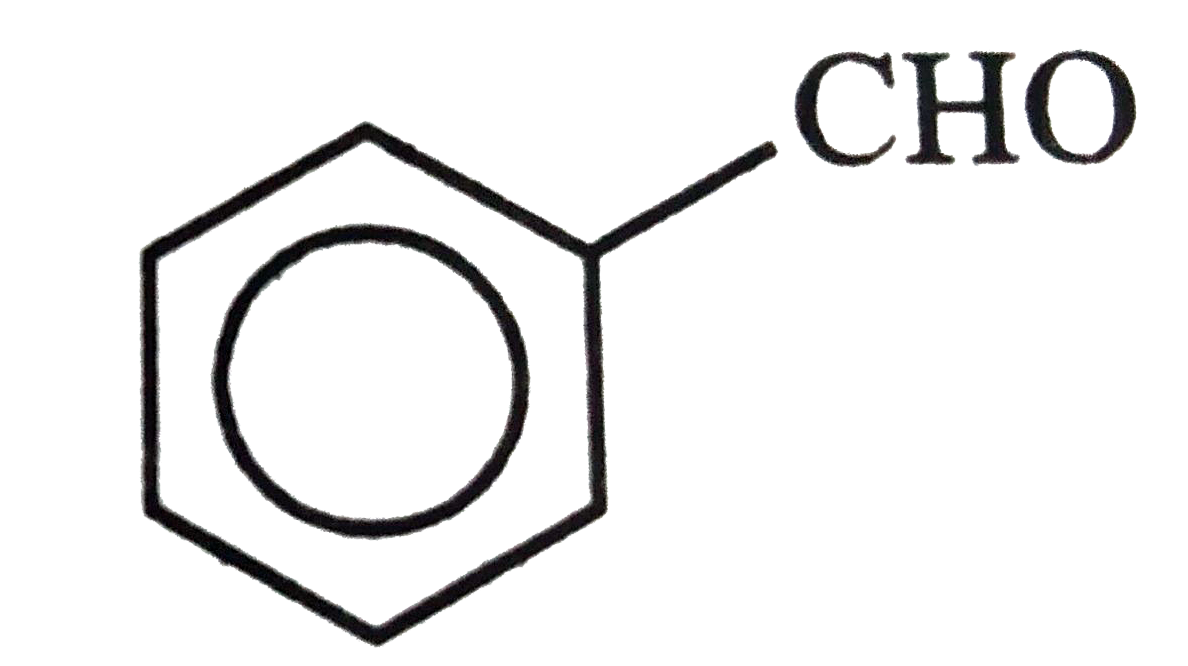 B
B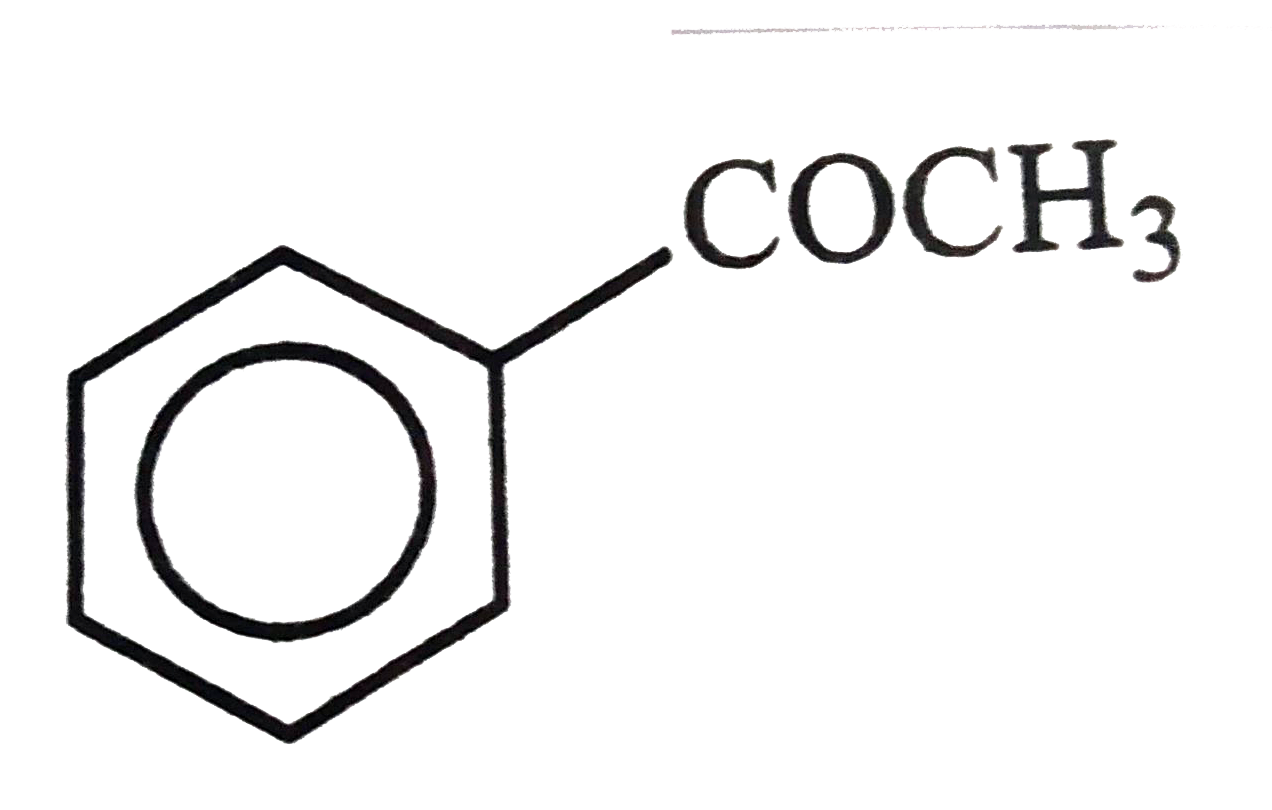 C
C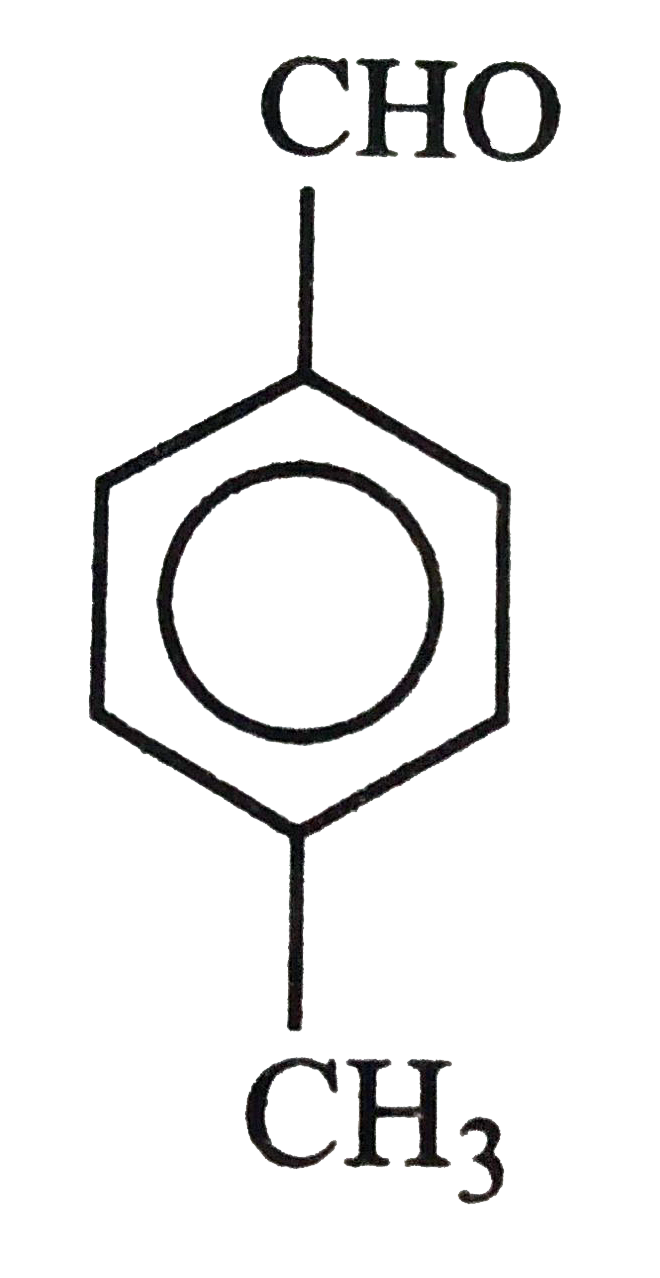 D
D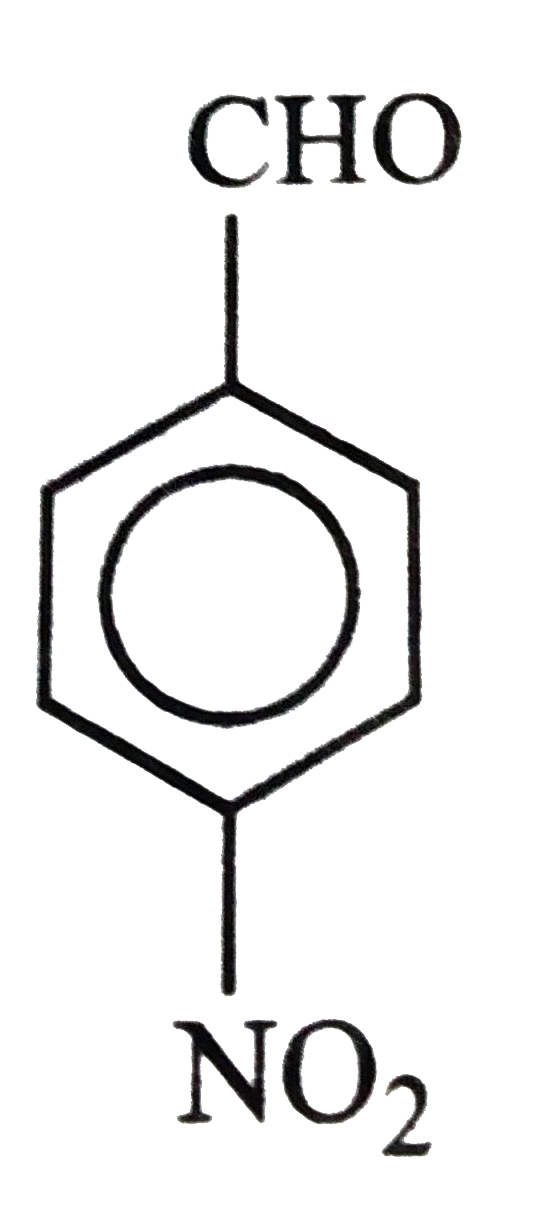
Which one is most reactive towards nucleophilic addition reaction?
A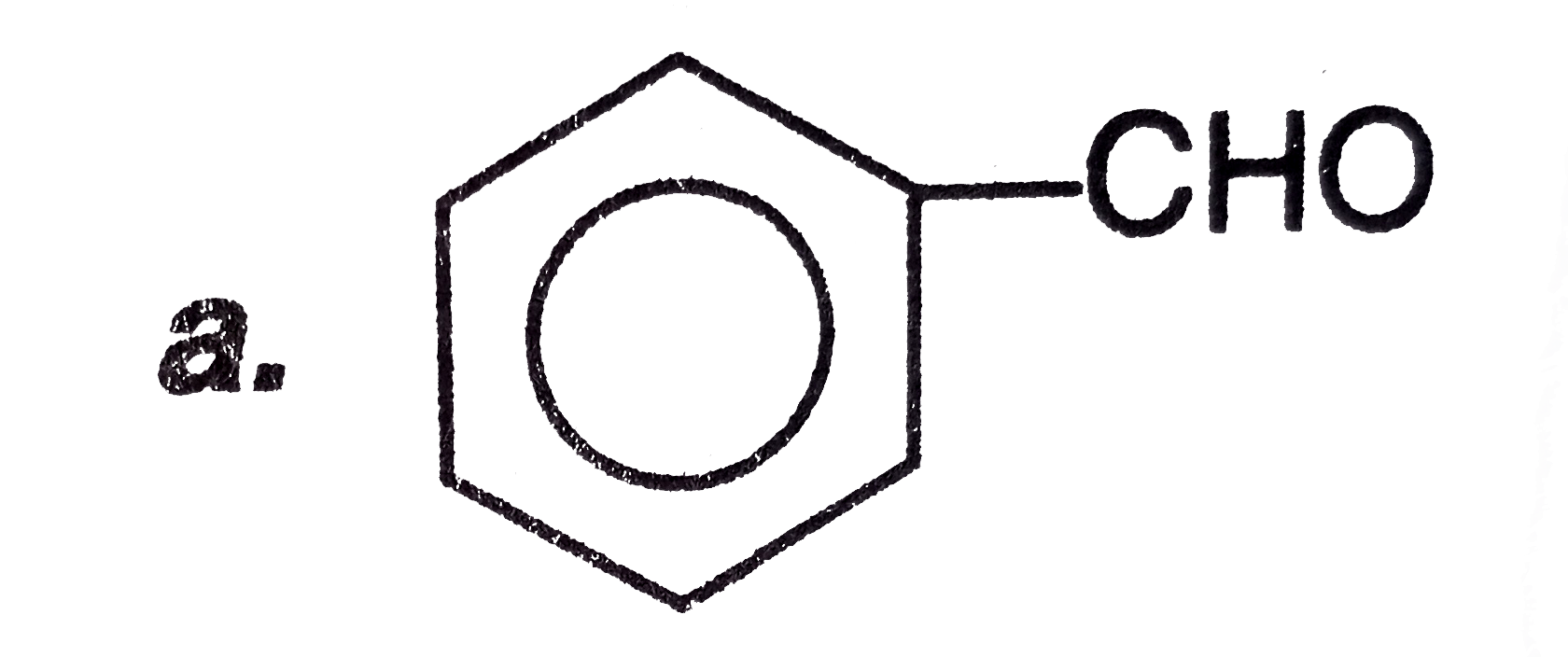 B
B C
C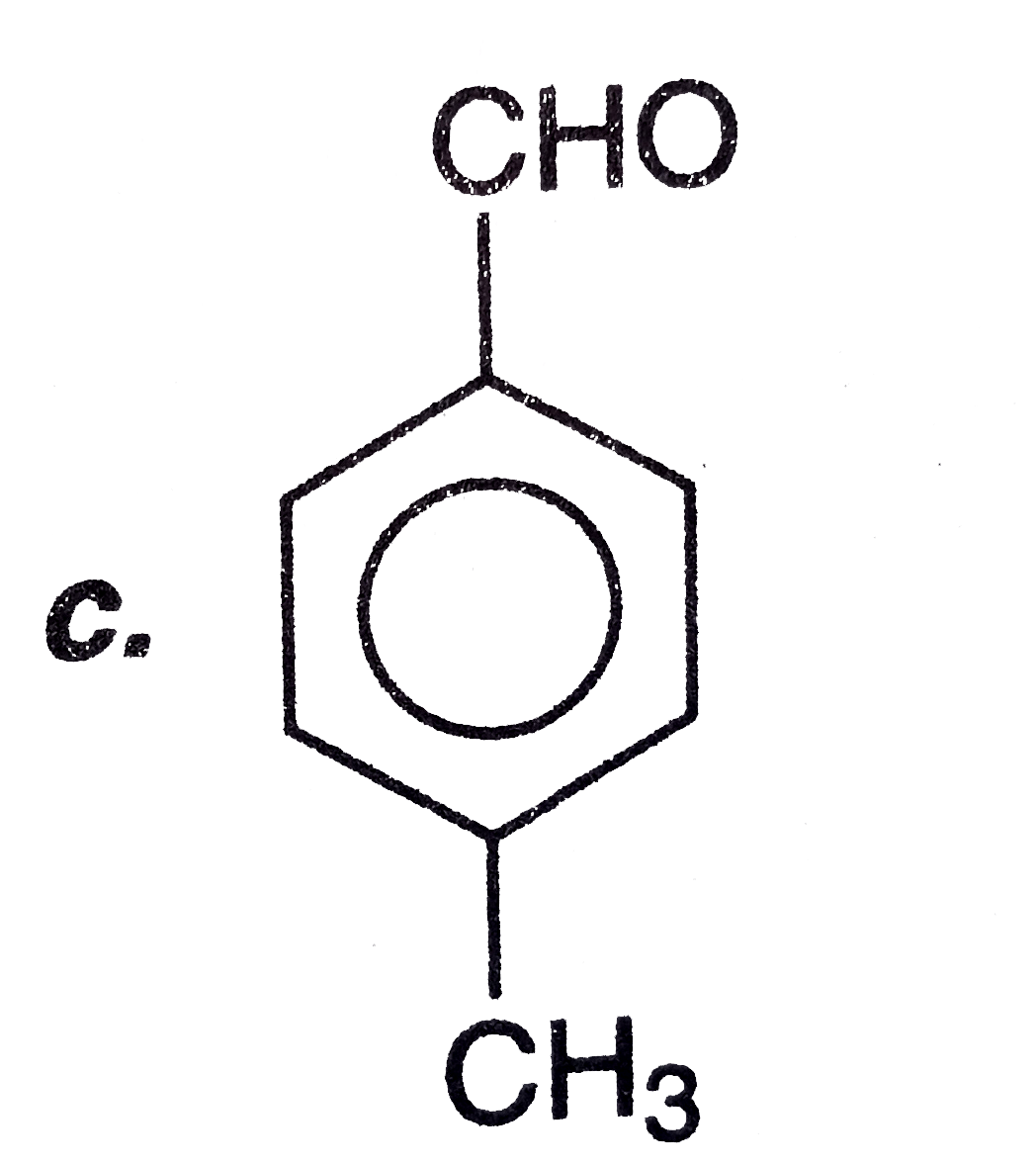 D
D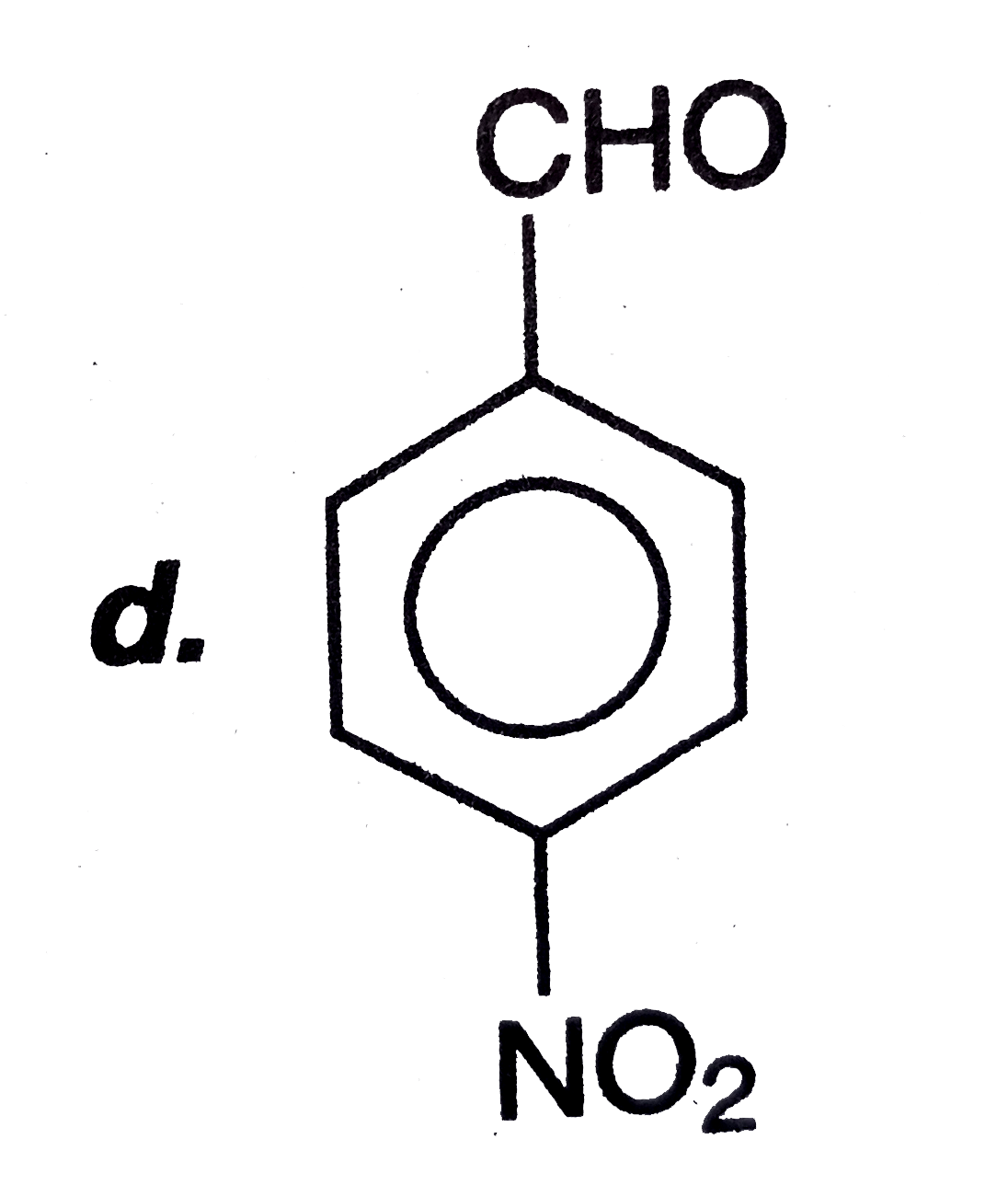
Which one is most reactive towards nucleophilic addition reaction?
A B
B C
C D
D
Which one is most reactive towards nucleophilic addition reaction?
View SolutionWhich one is most reactive towards nucleophilic addition reaction ?
View SolutionWhich one is most reactive towards Nucleophilic addition reaction?
View SolutionWhich one is most reactive towards nucleophilic addition reaction?
View SolutionWhich one is most reactive towards Nucleophilic addition reaction
View Solution

